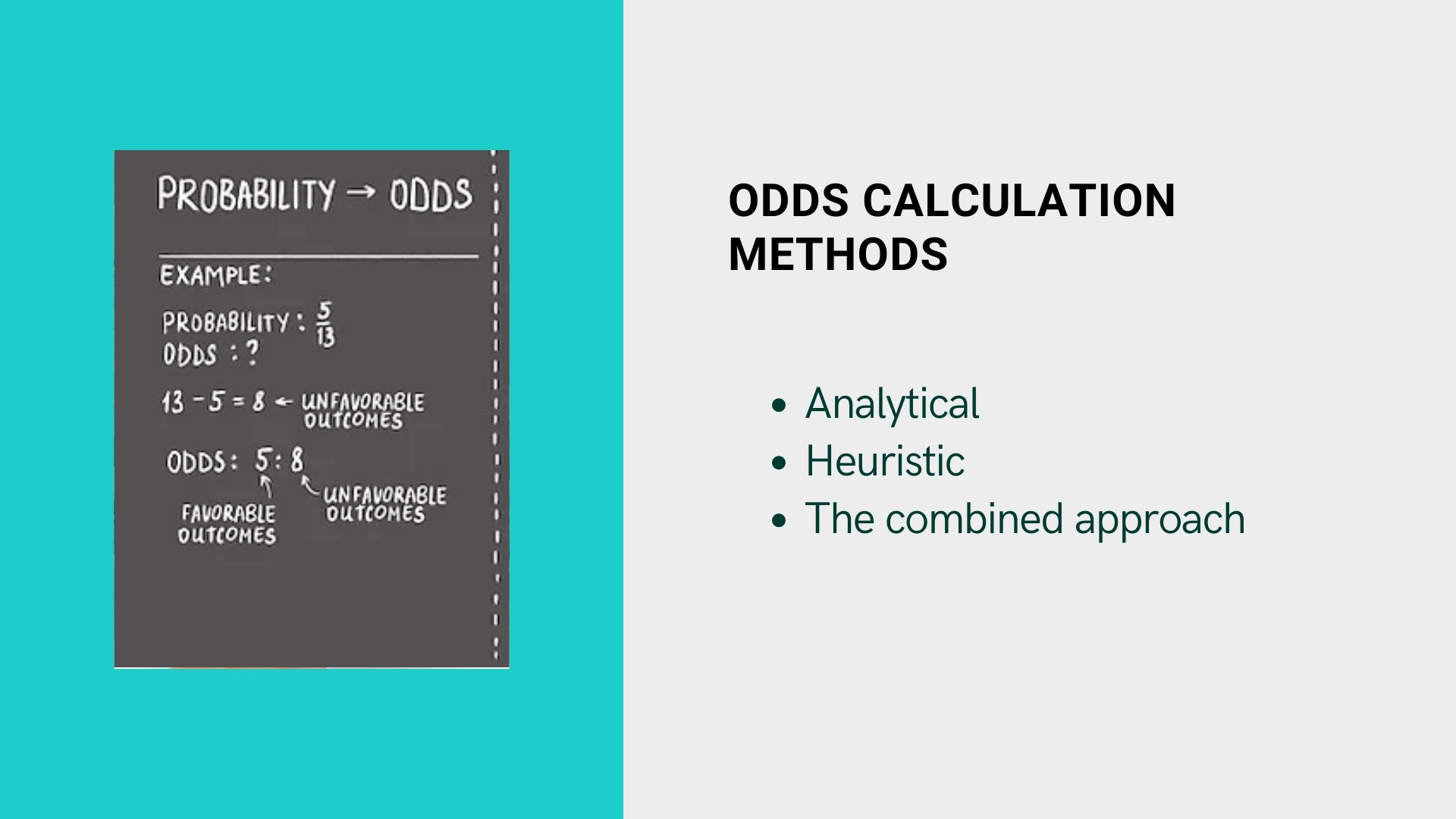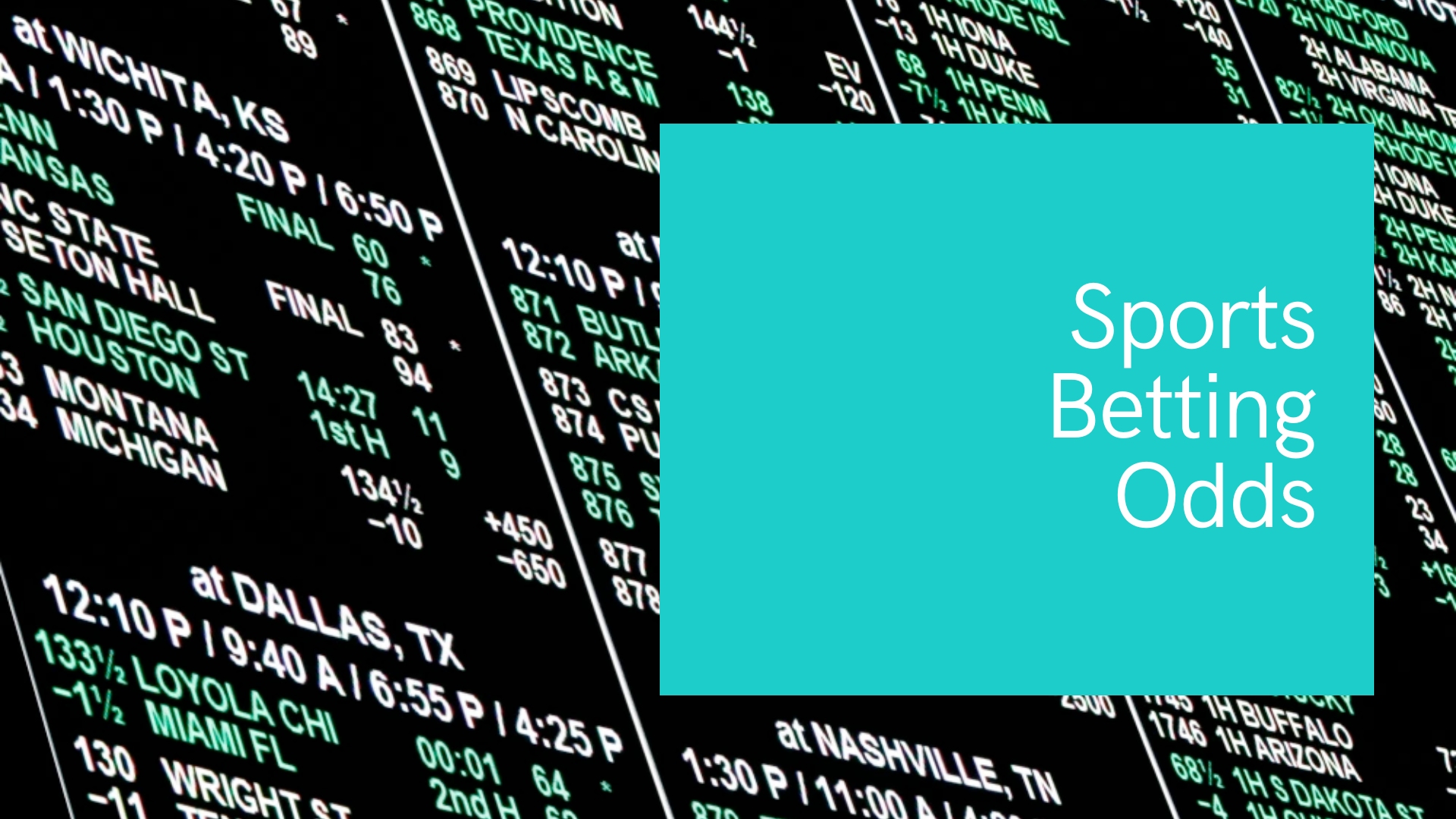What are betting odds?
The basis of the betting world is some numbers, to be more precise, the coefficients. In order to successfully play on bets, it is necessary to understand the nature of the occurrence of these very odds, on the basis of which they are set, and, most importantly, how they arise at all.
The betting odd is literally a numerical expression of the probability of the outcome of a particular event in a match at sports betting sites. The lower the odds, the higher the chance that this event will actually happen.
Let’s give a simple example with a white and a black ball. The probability of each falling out is 50%. To express this in coefficients, you need to divide 100 by 50%. We get 2. That is, the penalties for the loss of a white and black ball are equal to 2. Similarly, for a coin that can fall heads or tails. In the same way, it turns out to determine the odds for 3 or more outcomes. In each case, we divide 100 by the chances of the outcome as a percentage.
How do bookmakers calculate betting odds?
Any common bookmaker (which does not steal coefficients from others) has its own staff, within which specialists in various sports gather. If this is football, then a large number of specialists work within this sport: someone is responsible for top championships, someone for several less popular championships, etc.
They collect all the necessary information and put it into a special program. And now this program, according to its algorithms, exposes the odds visible to us. If there have been any major changes, then corrections are made to the program based on new information and the coefficients may change slightly. If one of the teams wins with a strong advance, the specialists again make adjustments based on the financial interests of the bookmaker, and the coefficients may change again.
The influence of the bookmaker on quotes does not end with the determination of probability and the introduction of margin, otherwise, all values would not change from the moment they were established.
First of all, the bettors themselves are responsible for the movement of the line, although there are factors that do not depend on them. For example, an unexpected injury during the warm-up of the team leader or a change in the weather before the match. Theoretically, these parameters influence the outcome of the confrontation, therefore they affect the possibility of the occurrence of a particular result, which is displayed in the form of coefficients.
But bookie’s customers still play a key role. If the total size of the bet on a certain position increases sharply, the office lowers the quotes. In this regard, the opposite value also changes. Such a mechanism is provided to reduce the bookmaker’s expenses.
Ways to explain betting odds
There are different ways to denote coefficients, but they all mean the probability of the outcome of an event. Fractional or British odds are most common in the United Kingdom and are more commonly used in horse racing. They are written with a slash (/) or a hyphen (-).
For example, a fractional indicator of 6/1 means that the bettor will win $6 against one bet. The player receives the bet amount in addition to the profit. Fractional indicators can easily be converted into the usual decimal ones. It is enough to divide the numerator by the denominator and add one. For example, 11/4 corresponds to 2.75. Fractional odds do not provide for a return, unlike decimal ones.
Decimal odds are used in most betting companies. Numerical indicators are considered more understandable. The number in them reflects total income, not profit. The bet’s size is already included in the decimal number (there is no need to add back your bet), which simplifies the calculation of total income.
Decimal odds reflect the inverse probability of the outcome. For example, a bet with a value of 5.00 means that the probability of an event occurring is 20% (1/5.00 = 0.2 or 20%).
American odds are written in the form of numbers preceded by either “+” or “–”. The odds for favorites are with a minus sign indicating the amount to be wagered in order to win $100. In both cases, the bettor will take back the amount spent in addition to the amount won.
Odds calculation methods

How are the betting odds calculated? The following approaches are used to assess the chances of teams (athletes):
- Analytical – based on statistics and mathematical calculations.
- Heuristic – takes into account news from the teams, including insider information, and opinions of experts and analysts.
- The combined approach involves an effective combination of both methods.
There are online services that provide statistical information necessary for the analysis of a sporting event. Using this data, bettors can conduct their own analysis of pre-match layouts and predict the chances of participants in the event (calculate the probabilities of possible outcomes as a percentage).
There are also methods for calculating the possible total of the upcoming game, on the basis of which the bettor makes a bet. As a rule, they are based on the principles developed by Miller, a well-known authority in the betting world. The author of the methodology created it for American football, and his followers adopted the scheme for other sports. When calculating the probable total, the parameters are taken into account:
- the last four games of the participants of the confrontation;
- attack and defense ratings;
- an average number of goals in the championship.
More complex schemes take into account more than 4 recent games, factors of their own/someone else’s field, intramural games, etc.
Another case is finding the probability of the outcome of an event. Here, too, a lot of effort is required from the player. The requests of bettors for such services led to the development of methods based on Excel tables, programs, and calculators of sports betting odds.
Odds in Live mode
Everyone noticed how quickly and synchronously the values of quotes in live are adjusted. A second ago they had one meaning, and now they are completely different. Only the green and red marks remained. How do bookmakers set odds in live? An adaptive automatic system consisting of a large number of algorithms is the answer.
How to work with live action lines? We recommend using the “Multiline” option. It allows you to place up to 4 screens on the work panel. Thus, you can simultaneously bet on several duels and even make express trains and systems.
You can follow the matches live and at the same time observe the change of the odds. Be sure to adopt this way of playing. Some bettors use several monitors for convenience, with the help of which it will be possible to monitor even more fights.
What are good odds?

To determine which odds are good, you need to proceed from the ratio of the coefficient value/probability of the outcome of the duel. For example, if a bookmaker, like Betway, offers to make a forecast for a favorite with a coefficient of 1.10, then you don’t have to think about it, but safely discard the idea of betting. After all, the favorites do not always win and it cannot be said that the odds of the favorite winning are 90%. And is it worth risking money for the sake of such a small gain? Of course not! Coming out of this, professionals advise betting on those sports matches in which the coefficient exceeds 1.7. Otherwise, the risk does not justify itself.
Final word
The coefficient is a key concept in betting, on which the player’s profit depends. To calculate the real values of probability and quotes, players use betting odds calculators. There is no “golden” formula that brings profit. All calculations give an approximate estimate. Only knowledge of sports betting, betting experience, understanding of betting odds, and testing of various techniques will allow you to improve the game and achieve success in betting.
